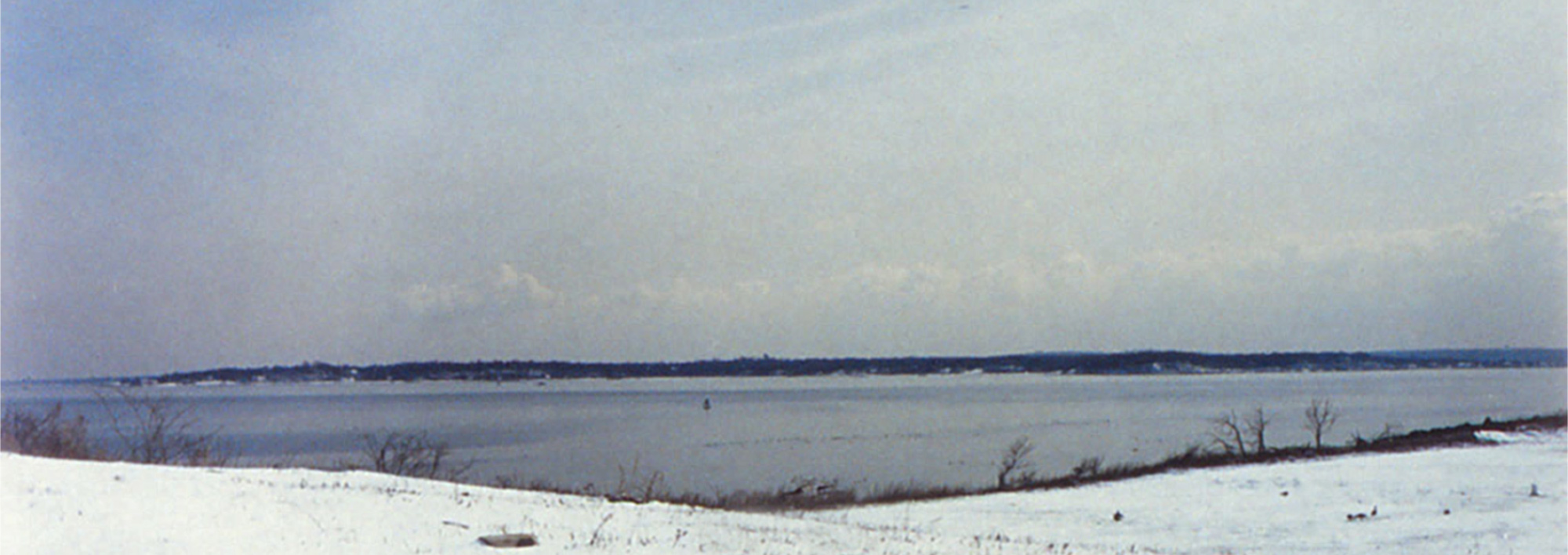If You Die Poor or Alone in New York City, You’ll Be Buried by Prisoners in a Mass Grave
In New York and other cities, activists are pushing back against the persistence of inequality in death, as in life.


In New York and other cities, activists are pushing back against the persistence of inequality in death, as in life.

The Department of Corrections runs it. The Parks Department doesn’t want it. But citizens want to visit their dead.

On the third Thursday of every month at 9 AM, you can visit Hart Island, a massive potter's field in New York City, but only if you've made a reservation in advance.

One of our deepest unvoiced fears in life can probably be summed up in one word: anonymity.

While the subject matter may be a little shocking, and the tone is something akin to True Detective, The Hart Island Project website is pretty incredible in a design sense.
The video intro – don’t skip it – it sets the tone that is continued through out the site. And while the patented Traveling Cloud Museum over the map of the island is extremely cool, you may want to head over to The History, About, and Mission pages in the off-screen menu on the right to get a sense of why, and background for the rest of the site. The design (by Studio Airport – @Studio_AIRPORT – out of The Netherlands) is great, but the story is even more interesting.

La artista canadiense Melinda Hunt lleva desde 1991 trabajando para hacer visible la historia de Hart Island, uno de los mayores cementerios olvidados del mundo y la mayor acumulación de fosas comunes de Estados Unidos. Ahora quiere que cualquiera lo visite de forma virtual gracias a su proyecto Hartisland.net.

In January, members of the City Council, which is considering legislation that would transfer the island's oversight to the Parks Department, visited on a guided tour.
Councilman Mark Levine, the parks committee chair, said he came away from the experience “feeling that it’s a place that more New Yorkers should be able to visit.”

Community Board 10 is supporting an effort calling for the transfer Hart Island, home to the city’s Potter’s Field, to the Parks Department.

A Bronx community board urged Thursday that the isolated burial ground of Hart Island be transformed into a park.

It appears that Community Board 10 will debate the merits of two new City Council bills about jurisdiction of the city’s Potter’s Field on Hart Island.

Getting to visit a loved one at the city's public cemetery on Hart Island isn't easy, but advocates have made some headway in an effort to provide families with closure and are continuing a push for greater access to the burial site.

New York's Hart Island is the nation's largest pauper's cemetery, and it's notoriously inaccessible to family members of the deceased.

Roy Foss was a father who fought and lost a battle against alcoholism. Jan Winiarski sent money back to his family in Poland. Kenneth Selesky loved to cook. And Leonard Melfi was a famous playwright—who eerily wrote a play about dying anonymously.

Charisma Troiano (Brooklyn Daily Eagle) talks with Melinda Hunt (Hart Island Project) and Bess Lovejoy (Historian) about the potter's field for Brooklyn.
Original air date: Jan 6, 2015

The over one million people buried on New York City’s Hart Island are unified by their invisibility.

They're unearthing the untold tales of the once-nameless faces buried in the city’s most mysterious final resting place.
Activists behind the push for access to a mass grave on Hart Island have launched an interactive website allowing loved ones to discover and eulogize family buried there.

The Hart Island Project has launched its website that attempts to bring a name, face, and story to the 62,200
people buried in mass graves on the notoriously inaccessible Bronx island since 1980.


With Hart Island Guests: John Doyle, Melinda Hunt
